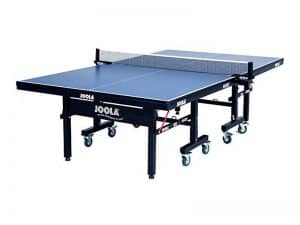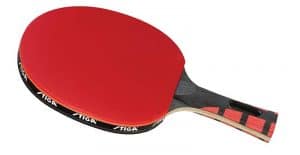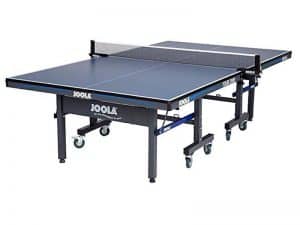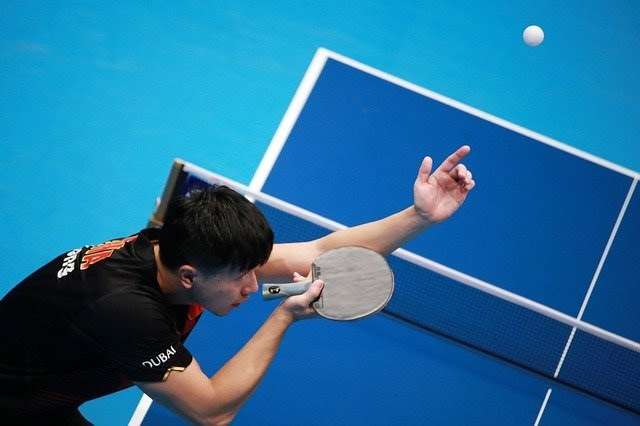The Invention of Ping Pong — How Did It All Begin?
- Alex Horscroft
- Last updated
Since the invention of ping pong some 133 years ago, it has experienced many changes. Its routes are humble, being played in homes by the upper classes, yet now the sport is played by millions of players in hundreds of countries all over the world, including you and me!
In this post, we’re going to take a look at the historical background of table tennis. We’ll cover how the sport has changed over time, the reasons for these changes, and most importantly, who invented table tennis.
Table of Contents
An Overview of Ping Pong History
- James Devonshire’s patent for “Table Tennis” (abandoned in 1887) — 1885
- David Foster releases Parlour Table Games (ping pong inventor) — 1890
- Jaques & Son Ltd release Gossima — 1891
- “Ping Pong” trademarked by Hamley Brothers —1900
- First celluloid balls introduced to replace cork and rubber —1900
- Ping Pong Association and Table Tennis Association formed, would merge 2 years later — 1901
- Standard laws created — 1922
- ITTF formed + first World Championships — 1926
- Hard bat era — 1920s-1950s
- Technology improvements including sponge — 1950s
- Ping pong smoothened international relations — 1971
- First showing in the Olympics — 1988
- First ITTF Pro Tour — 1996
Who Invented Ping Pong?
The history of table tennis (or ping pong as it is more commonly known in the US), begins in 1880s Victorian England. It was an adaptation of the popular game lawn tennis as a way of continuing to play inside during the winter when it was too cold to play outside. During this time players used improvised equipment.
While J. Jaques & Son Ltd is often cited as the first official inventor of ping pong, the International Table Tennis Federation Museum says otherwise. So who invented table tennis?
This honor instead goes to David Foster. He patented the first table tennis-style game called Parlour Table Games in England in 1890. This not only included popular lawn tennis (old table tennis), but also cricket and football.
His invention of table tennis consisted of strung rackets, large side nets supported by wooden fences, and a 30 mm rubber ball covered in cloth. As you can tell, the game was very different from what it is now. The rules were also incredibly basic, of which there were just three. One of which, was barely a rule at all — to not play too heavy-handedly. It seems Foster was well aware that in its current state, his table tennis game had its issues.
Read more: Table Tennis vs Ping Pong
What Were The First Names of Ping Pong?
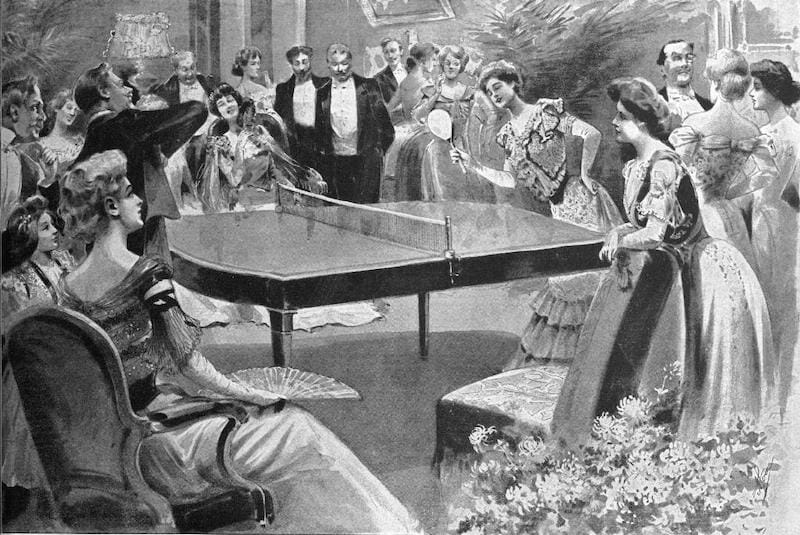
Many game companies began marketing sets with nets, bats, and balls. During this time in ping pong history, the game went by many different names depending on the company that was selling the equipment. Some of the names people called it include:
- Ping Pong
- Gossima
- Table Tennis
- Whiff Waff
- Pom-Pom
- Pim-Pam
- Lots of others
Eventually, ping pong and table tennis stuck, and in 1901, the Ping Pong Association and the Table Tennis Association formed.
I think they should have stuck with “whiff waff” myself. It’s got a better ring to it.
Where Did the Name Ping Pong Come From?
After the game became popular, the Hamley brothers trademarked the name. Soon thereafter, J. Jaques & Son Ltd, a British manufacturer, was permitted to use the name “Ping Pong.” As a result, they switched the name of their game “Gossima” to “Gossima or Ping Pong”, and later, solely “Ping Pong”.
This presence of the trademark on the term “Ping Pong” meant that other manufacturers had to refer to the game as table tennis (or a different name) on any products they produced to avoid infringement.
The same happened in the US, where the Parker Brothers obtained the US rights for the term. They ensured that other companies and associations weren’t referring to it as Ping Pong.
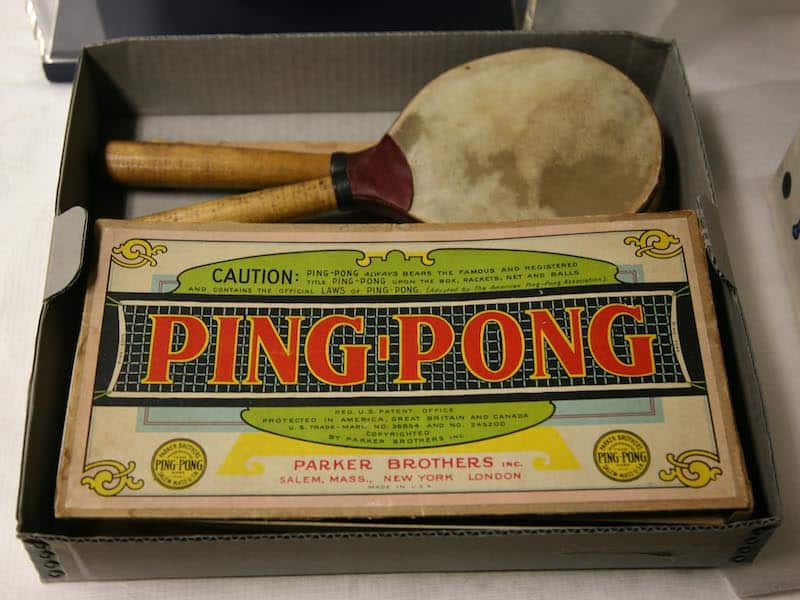
Read More: History of Pool Billiards
Early Equipment
The ping pong origins for equipment looked a lot different from the bats and tables we’re used to seeing today. The technology and materials available at the time weren’t nearly as advanced as those available now.
Early Table Tennis Tables
The origins of table tennis tables were very improvised, most people used dining room tables or billiards tables. Players would set up nets across the table and sometimes even nets at the sides to catch the ball. It’s thought that in India, the British army would make their own tables using a row of books for the net, more books as makeshift paddles, and then a golf ball for the ball!
Early Table Tennis Bats
The table tennis origins for bats were a bit all over the place. With no unified ruleset, bats came in various styles, shapes, and sizes. The common ones were made out of wood and covered in vellum canvas stretched across the wooden frame. This is how ping pong got its name, as the sounds made when the ball hit the bat were at different pitches.
The video below shows the huge variety of different ping pong sets that were available at the time.
It wasn’t until 1900 that E.C. Goode invented a paddle that is more recognizable to us today. He was the first to use a sheet of rubber on top of the wooden blade, but it wasn’t until a lot later that a sponge was used between the blade and the rubber.
Early Table Tennis Balls
Throughout the history of ping pong, we have seen various types of balls with differing sizes and materials. Pre 1900, they were often made out of cork or rubber. However, they weren’t ideal as the bounce of the rubber ball was too unpredictable (can you imagine trying to play with a rubber ball?), and the cork ball simply didn’t bounce enough.
Then in 1901, James W. Gibb discovered celluloid balls while visiting the US, which was perfect for the game. A 38 mm ball made from celluloid quickly became the standard and was used all the way up until very recently when in 2014, the ball material switched from celluloid to plastic. More on that later.
The 1920s to 1950s: Europe Dominates in the Hard Bat Era
While table tennis went out of style around 1903, in the 1920s, it experienced a revival. Standardized rules began to be introduced and adopted, which helped it grow in popularity. Later, in 1926, the ITTF (The International Federation of Table Tennis) was formed in Berlin, and the first-ever world championships were held in England.
The period between 1920 and 1950 is known as the classic hard bat era due to the lack of sponge on the rackets at the time. European players generally were dominant in terms of competition wins over these decades.
1950s to the 1970s: The East Dominates in the Sponge Bat Era
The 1950s saw a big change in the technology used in table tennis bats. Japanese player Hiroji Satoh used a revolutionary racket with a foam sponge rubber layer. This enabled him to produce more speed and spin, helping him secure the win for the 1952 World Championships.
At this time, the sport had become hugely popular in Asia, and players from countries such as China, Japan, and Korea began to dominate the podiums during World Championships.
Ping Pong Diplomacy
Table tennis became political in the 1970s when a friendly dialogue between Chinese and American players led to a player exchange. President Nixon even made a personal visit to China! This period later became known as ping pong diplomacy. It helped open the doors between the two countries during the cold war, and the embargo on China was lifted.
1970s to 2000s: Speed Glue and the Rise of Sweden
In the 1970s, experimentation with bicycle tire repair glue as an adhesive was discovered to generate a lot more speed and spin. This became known as speed glue and is generally credited to Yugoslavian Dragutin Surbek and Hungarian Tibor Klampar. In the years that followed, the use of speed glue became commonplace.
Even so, the first two decades of this period started like the last. With China dominating the World Championships in both the men’s and women’s events. Yet China’s dominance concluded in 1989 with Swedish players winning the 1989, 1991, and 1993 team events, plus two Men’s World Championship titles in 1989 and 1991.
Table Tennis Becomes an Olympic Sport
Over the whole of the 20th century, table tennis had been growing in popularity, and it finally became an Olympic sport when it first featured in the 1988 Korean Olympic games in Seoul. Today as many as 875 million people all over the world love the sport!
Read More: Why Are the Chinese So Good at Ping Pong?
How Table Tennis Rules Have Changed Over Time
Rule changes are key parts of table tennis history. They have helped to keep the game fair and to increase appeal. Here are some of the most pivotal changes in chronological order:
1. The Lowering of the Net Height — 1937
The first major rule change in table tennis was lowering the net. The previously 6.75″ net was shortened to 6″. While this may not seem like a substantial difference, it made it much easier to attack.
This encouraged players to play more offensively and made the game more exciting to watch. A year prior, during the World Championships in Prague, a rally lasted over 2 hours — the longest-ever rally during a World Championship game. Evidently, the lowering of the net was the right decision.
2. Each Rubber Must Be Two Separate Colors — 1986
In the years leading up to 1986, a style emerged that took advantage of identical rubber colors. These players would use a tricky rubber such as short pimples, long pimples, or antispin in combination with a regular inverted rubber. But here’s the kicker, both rubbers would be the same color!
They would then twiddle their racket, so you didn’t know which side they were striking the ball with. As a result, the ITTF declared that henceforth one rubber must be black, and the other, red.
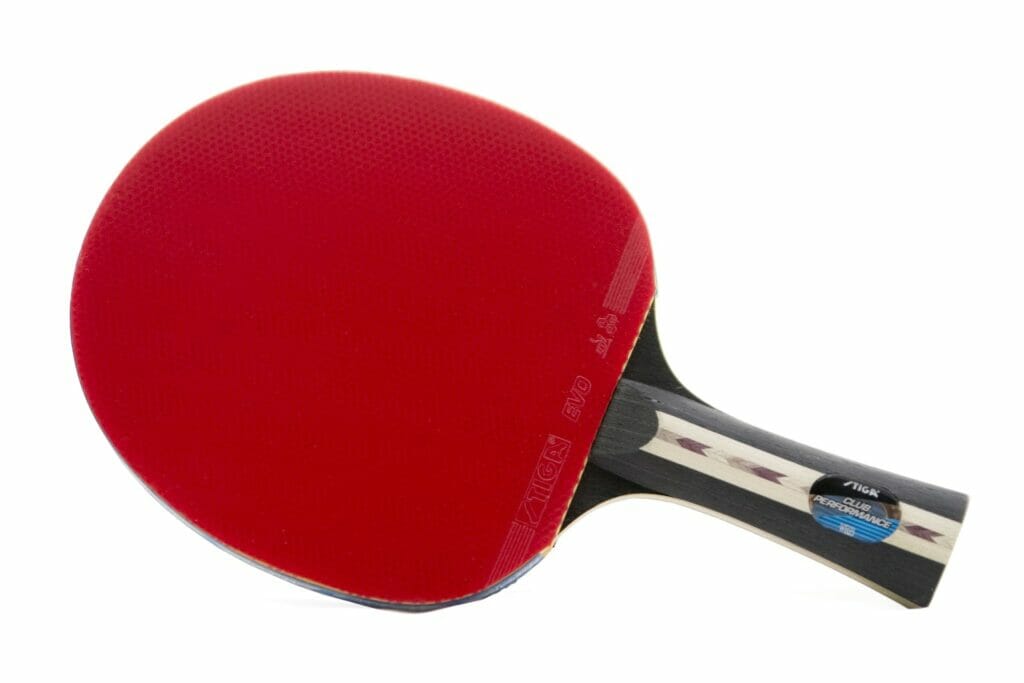
3. Ball Size Switched From 38 mm to 40 mm — 2000
Following the widespread use of speed glue, the game needed to slow down, so the ball size was enlarged from 38 mm to 40 mm.
Besides being heavier, these balls were also harder to spin, the consequence was that rallies became longer.
I’ve tried playing the smaller balls, and it totally changes the game.
4. Scoring System Changed From 21 to 11 — 2001
Undoubtedly, one of the biggest changes the sport has ever faced was the point change from 21 to 11. Previously, you could afford around a 6-point deficit while still feeling like you could make a comeback. Now that games are played to just 11 points, you no longer have this luxury.
5. Stricter Service Rules — 2002
The ITTF introduced a selection of new service rules to make it easier for the receiver. Prior to the rule change, servers could observe the ball with their non-playing arm to hide the spin they impart. This made it very difficult to make quality returns.
The new rules specified that the ball must remain visible to the receiver throughout the entire serving sequence.
6. Plastic Balls Replace Celluloid — 2014
Due to its hazardous nature and supply issues, celluloid made way for plastic as the material for table tennis balls.
Slightly larger than previously, these balls are called 40+ or poly balls. To learn more, check out our in-depth write-up.

7. Change to the Rubber Color Rule — 2021
The newest big rule change is an amendment to the color rule. While having two rubbers of the same color is still not permitted, you are now allowed to use another color besides red in combination with your black rubber.
So far, green, blue, purple, and pink are legal.
Summing Up
We hope that’s helped explain a bit more about the invention of ping pong and how the sport has evolved over time. To see all the important dates in the sport’s history, check out this very handy table tennis timeline of events. We’d also recommend looking at some of the great images from the ITTF website.
FAQs
When Was the Ping Pong Game Invented?
The first official ping pong game was patented in 1890 by David Foster.
Named Parlour Table Games, it included table lawn tennis, (the original name for the sport), as well as cricket and football.
Why Was Ping Pong Invented?
Ping pong was invented to capitalize on the popularity of lawn tennis in the 1880s. It was a more convenient way of playing the sport indoors when conditions were too cold.
Where Was Ping Pong Invented?
Ping pong was invented in England by David Foster. It would take around another 10 years for ping pong to become popular in the US where its trademarks were strongly enforced by the Parker brothers who purchased the rights.
Read More: Best Table Tennis Players of All Time
Freelance writer. Table tennis enthusiast. Lover of all things online. When I’m not working on my loop game I’m probably binge-watching some fantasy show.
-
Alex Horscrofthttps://pingpongruler.com/author/alex-horscroft/
-
Alex Horscrofthttps://pingpongruler.com/author/alex-horscroft/
-
Alex Horscrofthttps://pingpongruler.com/author/alex-horscroft/
-
Alex Horscrofthttps://pingpongruler.com/author/alex-horscroft/
Popular Products
Join our email list for exclusive reviews & the latest Ping Pong News
Sign up to our newsletter and stay up-to-date with the latest news in the ping pong world, and be the first to read our new product reviews. We promise, no spam







